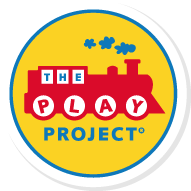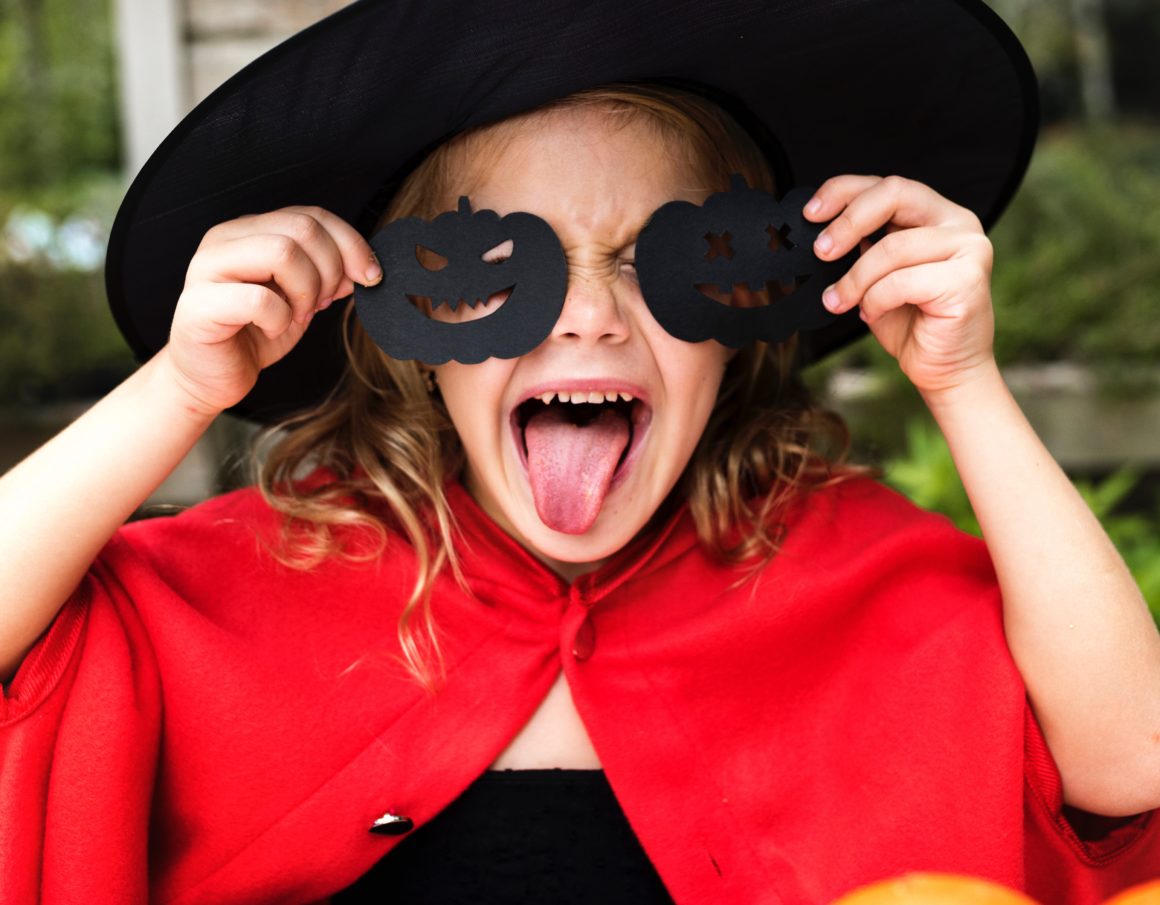Halloween for Children with Autism – It May Be a Trick to Have a Treat:
PLAY Project Tips to Make Your Halloween Fun!
(For ages 10 and under)!
Richard Solomon, MD
No matter the age – if you have a child with autism, “halloweening” may be a challenge! If you are prepared, you can make it fun, if not… boo! It will be a trick to have a treat.
Your Halloween approach to the child with an autism spectrum disorder (ASD) has everything to do with the child’s Functional Developmental Level (FDL), that is, their ability to function socially. The 6 FDLs are at the core of The PLAY Project’s Autism Early Intervention Model. Here’s a quick summary of what you need to know about social functioning by FDL to have a ghost of a chance for a happy Halloween!
Children with ASD who are only functioning at FDLs 1: Shared Attention and FDL 2: Engagement, are not able to consistently share attention or stay engaged with people. They are in their own world and not ‘with us’. These children might go along for Halloween but they won’t really understand the horror of it.
Children with ASD who are functioning at FDLs 3 and 4: Two-way Communication, have the ability to interact in a two-way back-and-forth fashion with people. They can begin to understand Halloween but might be afraid of, confuse by, or bewitched by the Halloween chaos unless you prepare them for it (see below on some ‘tricks’ to get kids ready).
Children with ASD who are functioning at FDL 5: Shared Meanings and FDL 6: Emotional Thinking, can truly understand Halloween. These children have good receptive and even some expressive language, but they might have a hard time understanding pretend from real which could make going out monstrously hard for them.
Here are some devilishly smart suggestions for making your Halloween fun:
- It’s a family affair
- Halloween is a family affair. Some adults and siblings may get very excited when it comes to holidays, especially Halloween. In reality, children with ASD who have trouble understanding what Halloween is may not give a who-who-hoot about Halloween. It would be wise to get them ready.
- Readiness
- Ask: is the child ready for Halloween?
- Can your child follow routines if guided?
- Can your child imitate?
- Can your child follow one step commands?
- Will your child listen (and be compliant)?
- Does your child like even like candy or understand the idea of candy?
- Will your child be overwhelmed by the noise, the chaos, the unusual costumes?
- Ask: is the child ready for Halloween?
- Have a sensory friendly Halloween
- Wearing a mask, walking to lit porches in the dark, hearing scary or loud noises, etc. may be difficult for your child. Be aware of this, and be ready to go back to a safe place away from the werewolves and goblins: hold them in your arms, go to the car, or, if worse comes to worse, head back to vampire’s casket (home).
- Expect the best, plan for the worst
- Children with autism may not be as likely to be as scared when it comes to costumes, however, it would not hurt to show the child examples of what they could see on Halloween night beforehand! (Look at “scary” costumes on the internet).
- Make it a learning experience
- For the children at FDL 5-6, talk to them about what is real and what is pretend by having ghoulish discussions with them beforehand and on Halloween night. Wear your masks around the house and take them off and show them that it’s mommy or daddy or brother behind the masks—not Jason of Friday the 13th!
- Practice
- Beware of transitions! Practice being spooky before Halloween night by putting on a costume, carrying a bag, going up to your own doorstep to trick or treat, walking in the dark, etc.
- Provide structure
- Lay out a specific plan for the night – AND create a back-up plan! It might we good to bring a familiar/favorite toy, activity, or food.
- Respond to child’s cues
- Pay attention to what your child is doing, how he or she is reacting, etc. Read their intention. If you see them getting hyper or avoidant/resisting or upset, don’t push it. Retreat to a safe place: hold them, go to your car, or go home. Boo!
- Follow child’s lead
- Do not set your own expectations for the night. If your child doesn’t want to walk up to a stranger’s porch, don’t force them. If he/she would rather sit down after one house and eat candy, do not pressure him or her to continue trick or treating. He or she may be overwhelmed!
By understanding readiness, preparing your child, reading their cues, and following their lead, you should have a wickedly fun time and Halloween will be remembered as a happy experience. After all, there are tricks to making it a treat!

